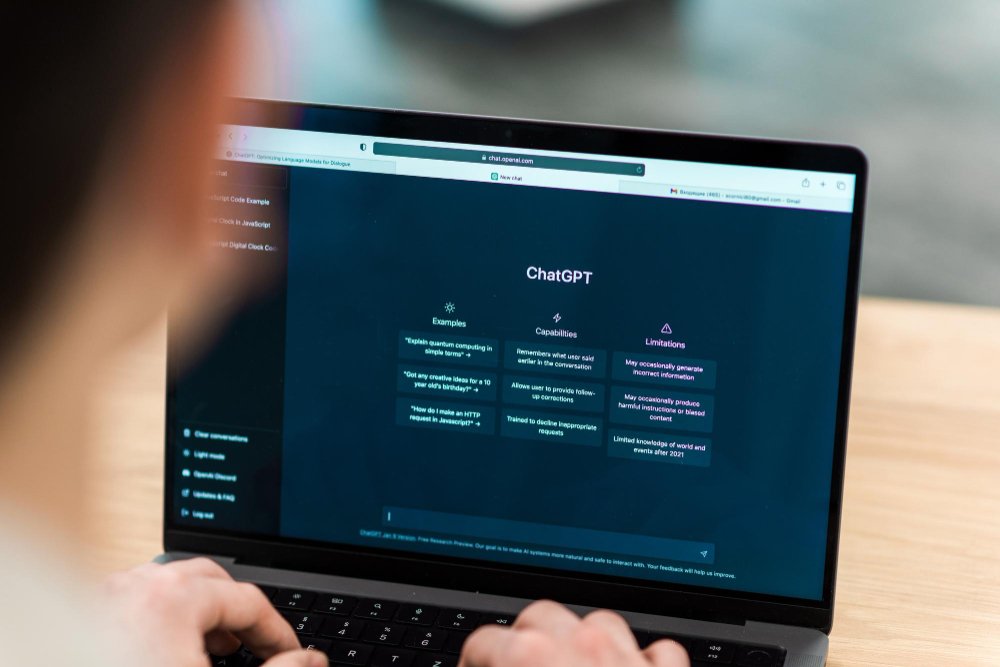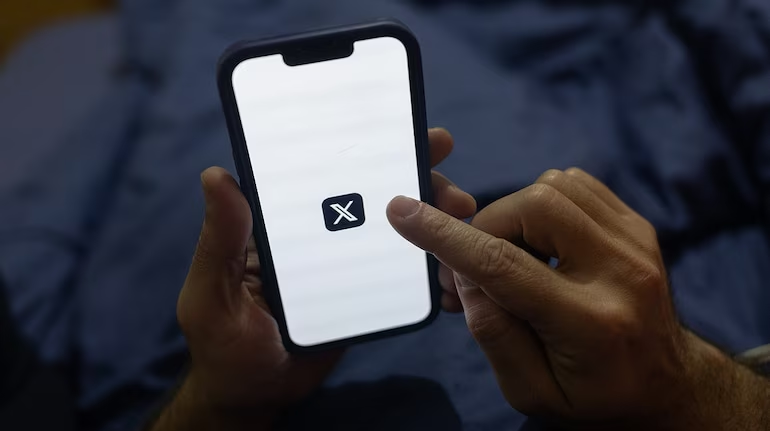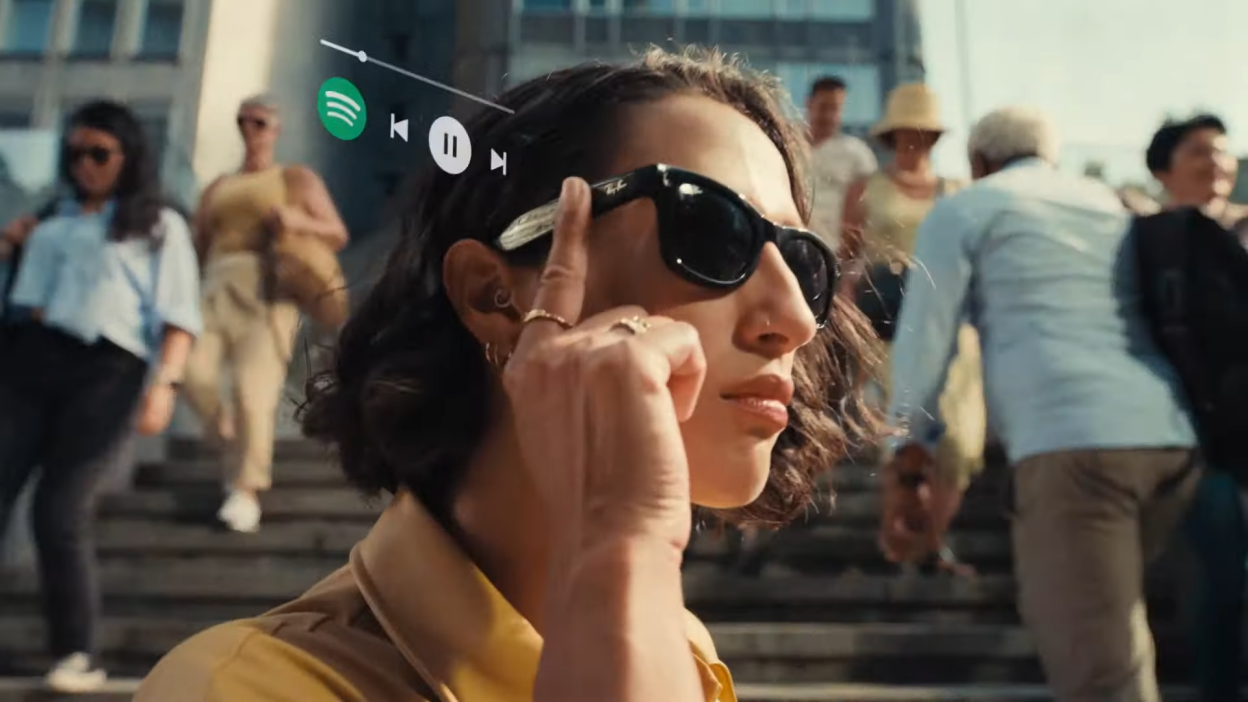OpenAI has rolled out significant improvements to ChatGPT’s web search tool, introducing a more intelligent, context-aware search experience and adding powerful new features like image-based search. These updates, which began rolling out in mid-June 2025, are aimed at making the chatbot a more versatile and reliable assistant across a variety of tasks.
Smarter, Context-Aware Web Searches
The latest enhancements make ChatGPT’s web search function more capable of understanding complex queries and user intent. It now performs significantly better in carrying on conversations where context matters. Even when a user’s prompt is vague, the chatbot can infer what’s being asked based on previous parts of the conversation.
This improvement is made possible by better memory integration. ChatGPT can now recall previous conversations more effectively and use that information to tailor its responses. This context retention is especially useful for users who engage in multi-turn interactions, enabling ChatGPT to follow up and build upon past discussions.
Better Execution of Instructions
ChatGPT has also become more accurate in following instructions. In past versions, users often had to rephrase commands or prompts multiple times to get the desired result. With the latest update, the chatbot is better at interpreting user instructions from the start, resulting in fewer misunderstandings and a more seamless experience.
This also includes the ability to handle layered or complex questions more effectively. When a query involves multiple parts or sub-questions, ChatGPT can now break them down and run multiple background searches simultaneously to provide comprehensive answers.
Introduction of Image-Based Search
A standout feature in the new update is the addition of image-based search. Users can now upload images—whether it’s a photo of an object, a product, a landmark, or any visual cue—and ChatGPT will analyze the image to identify the object and pull relevant information from publicly available sources.
This addition makes ChatGPT more than just a text-based assistant. It’s now capable of engaging in visual reasoning, which can be particularly useful in scenarios like identifying gadgets, recognizing places, or assisting with product searches based on visual input.
Early feedback from users testing the feature indicates high accuracy in image identification and a smooth integration with existing search functions. The image-based search can be used alongside the standard text prompts, creating a more interactive and multimodal experience.
Some Early Challenges
While the upgrades are generally well-received, users have reported some minor issues. One of the main complaints is the slightly longer time it takes for the bot to generate responses, especially when dealing with complex or multi-part queries. This is likely due to the additional processing required to run multiple searches and maintain context throughout the conversation.
Additionally, the chatbot occasionally provides very detailed, step-by-step explanations—even for simple questions. While the intention is to offer transparency and reasoning, this approach can sometimes be excessive. OpenAI has acknowledged this and plans to optimize when and how these detailed reasoning paths are presented.
Why These Changes Matter
The new update represents a significant leap forward in making ChatGPT a more intelligent and useful tool for a broader range of users. Since the initial rollout of the native web browsing feature in late 2024, OpenAI has gradually enhanced its capabilities. The June 2025 improvements mark a key milestone in this evolution.
By combining real-time web data retrieval with long-term memory and now, image recognition, ChatGPT is becoming an increasingly capable assistant. It can now recall previous tasks, download documents or canvases from past interactions, and help users across text and visual queries.
Looking Ahead
OpenAI has shared plans to further streamline performance. This includes reducing the time it takes to generate responses, refining when chain-of-thought reasoning is used, and enhancing the image search experience. There may also be additional tools added to process text within images or understand more complex scenes visually.
With these updates, ChatGPT is no longer just a chatbot that responds to prompts—it’s evolving into a robust assistant capable of handling nuanced conversations, referencing past interactions, and now even interpreting the visual world.




